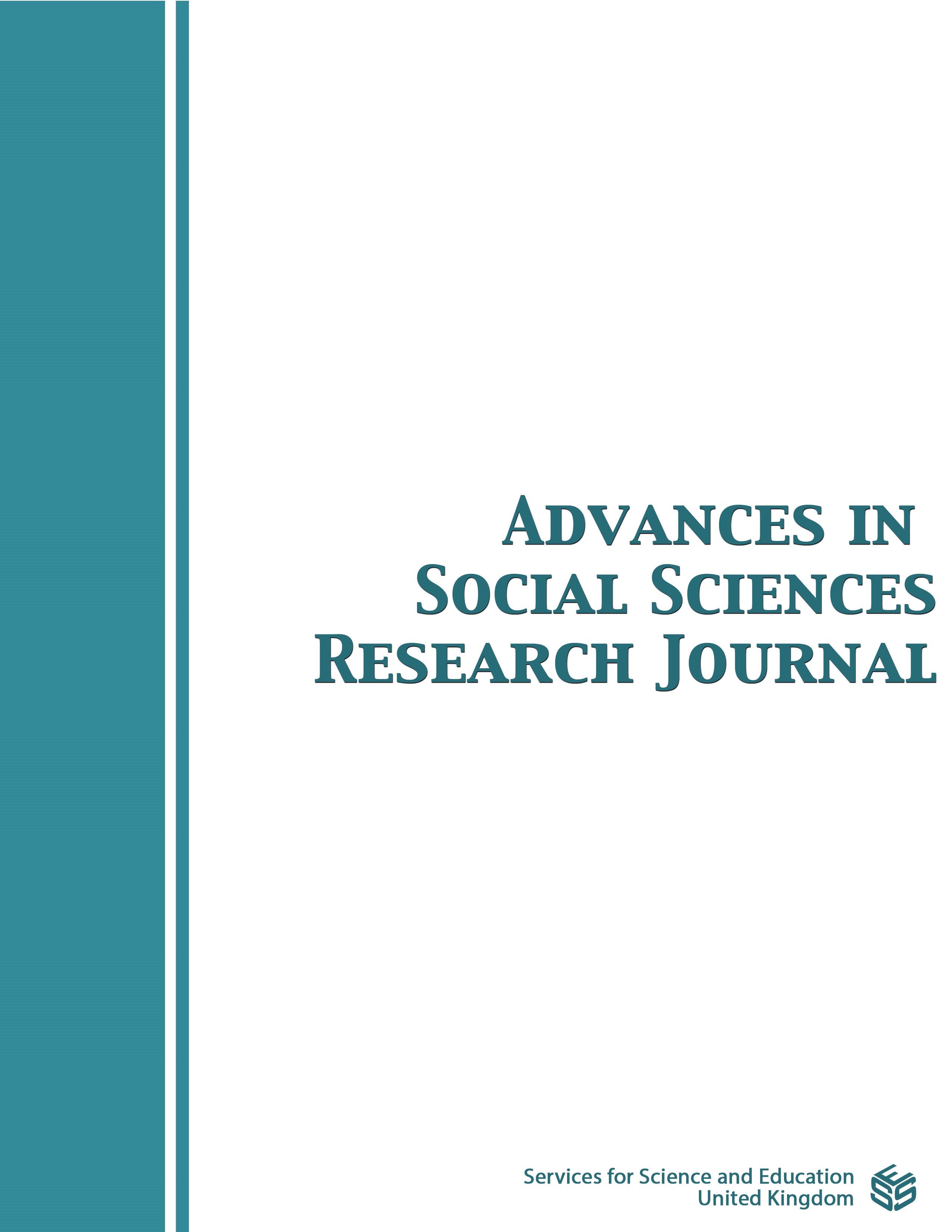The Effectiveness of Using Alternative E-Learning Using Case Method in Physics Learning in Dealing with Changes in Learning Modes During a Pandemic
DOI:
https://doi.org/10.14738/assrj.101.13589Keywords:
Alternative Learning, Learning Outcomes, Management Systems, Case MethodAbstract
Digital-based learning or better known as e-learning is increasingly being used by various agencies, one of which is in educational institutions. If the infrastructure is adequate, it is possible that e-learning can become a resource-efficient learning method. In addition, the application of e-learning can also build self-confidence and self-reliance in society. With the recent outbreak of COVID-19, implementing digital-based learning or e-learning is very useful for protecting students from the spread of the COVID-19 virus. E-Learning provides lots of sites that teachers and students can easily access, ranging from free to paid ones. The sites provided can be chosen by the teacher according to the needs needed in learning. Each site provides a variety of features that can be used by teachers to make learning spaces more innovative and attractive. The features provided make it easier for teachers to develop their creativity so that they can make students more interested in learning even though learning is carried out online or there are no face-to-face activities between teachers and students but learning activities can still run well and learning objectives can be achieved. The study design was a one-group pre-test and post-test design that was grounded in the experimental quantitative research tradition. This research was conducted using Gain Analysis which was based on the results of student responses before and after using Alternative E-Learning in Physics learning activities. This response was taken from distributing a questionnaire to 50 students using Alternative E-Learning. The questionnaire provided consisted of 20 questions. The method for taking answers from the questionnaire uses a Linkert scale with a value scale of 1 to 5 with the criteria 1 = (Highly Incompatible), 2 = (Unsuitable), 3 = (Quite Appropriate), 4 = (Suitable), and 5 = (Highly Appropriate). The results were obtained from distributing questionnaires before and after the use of Alternative E-Learning in Physics learning. Normalized gain or N-gain or gain analysis is usually used to determine whether there is an increase in students' critical thinking skills after being given a pretest and posttest questions, it also aims to determine the effectiveness of using a particular method or treatment in research. In general, the use of E-Learning is what is expected in achieving the learning objectives themselves. It's just that there are still some deficiencies or limitations in its use. The N-gain score obtained indicates that the use of alternative e-learning is in the Enough Effective category. This shows that the use of Alternative E-Learning has provided more value in its application, but it's just not been able to make a big enough change.
Downloads
Published
How to Cite
Issue
Section
License
Copyright (c) 2023 Derlina, Satria Mihardi, Alkhafi M. Siregar, Hakim S.

This work is licensed under a Creative Commons Attribution 4.0 International License.
Authors wishing to include figures, tables, or text passages that have already been published elsewhere are required to obtain permission from the copyright owner(s) for both the print and online format and to include evidence that such permission has been granted when submitting their papers. Any material received without such evidence will be assumed to originate from the authors.






